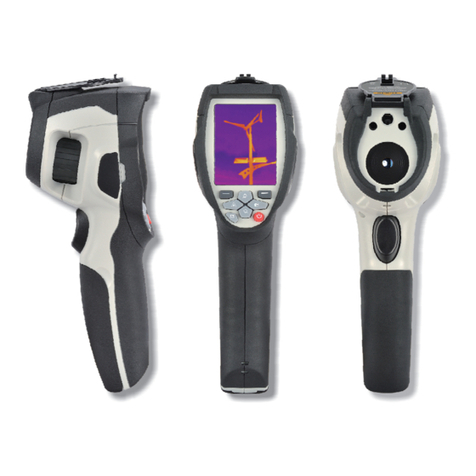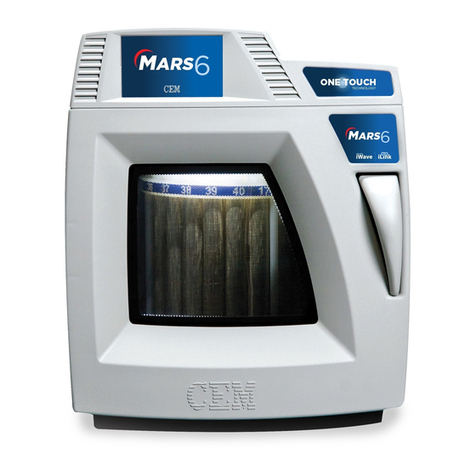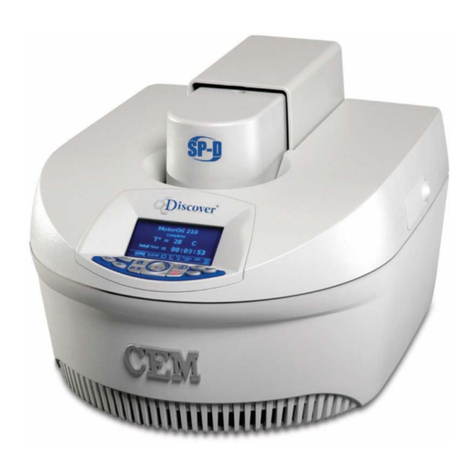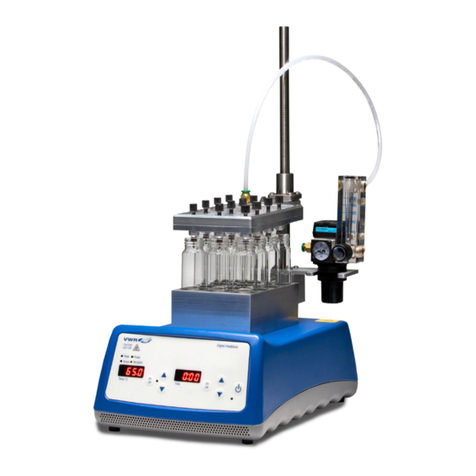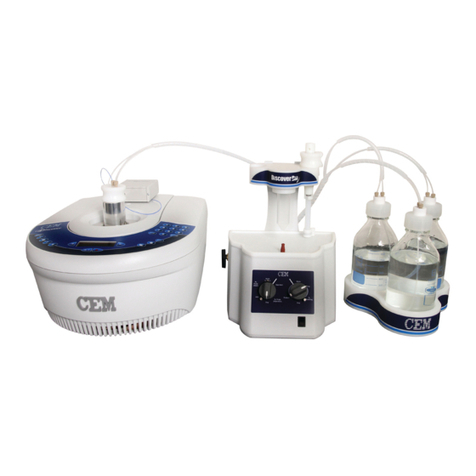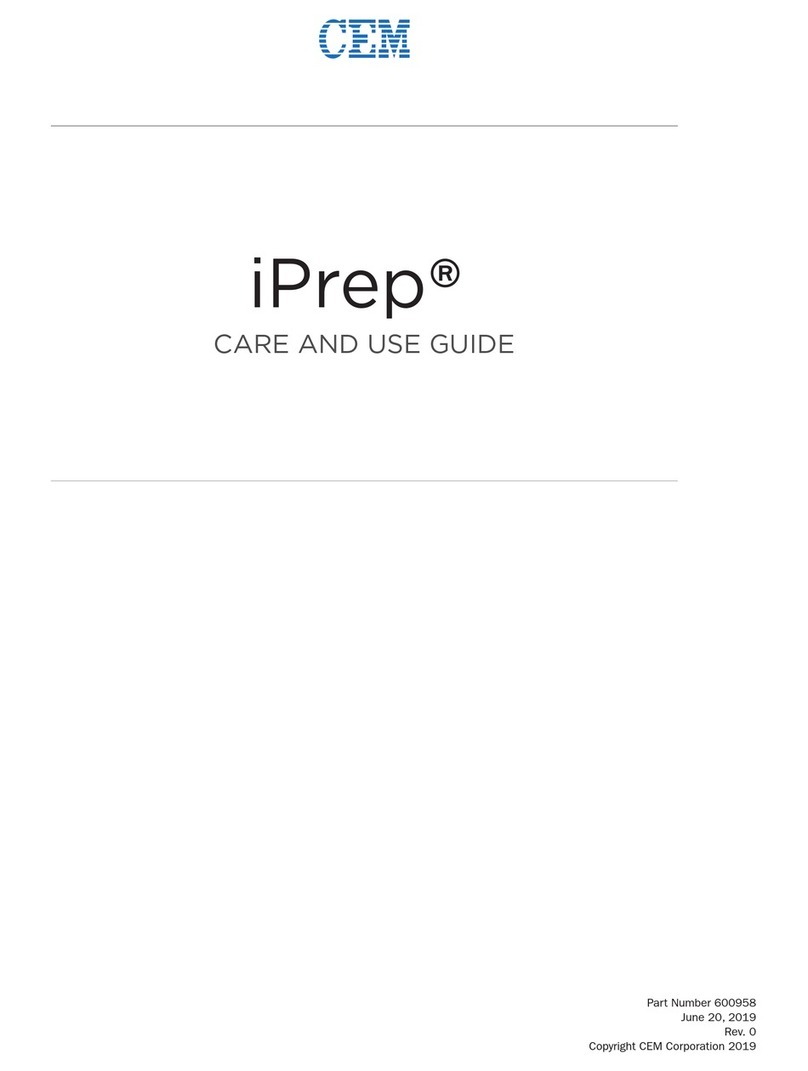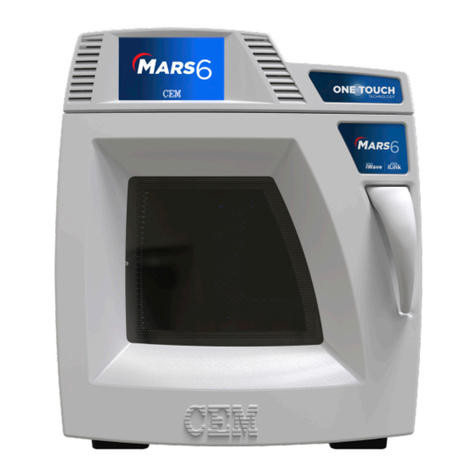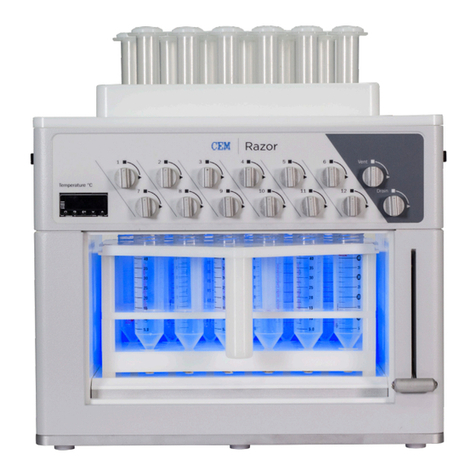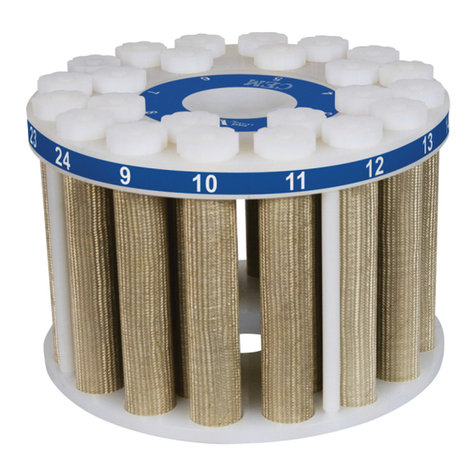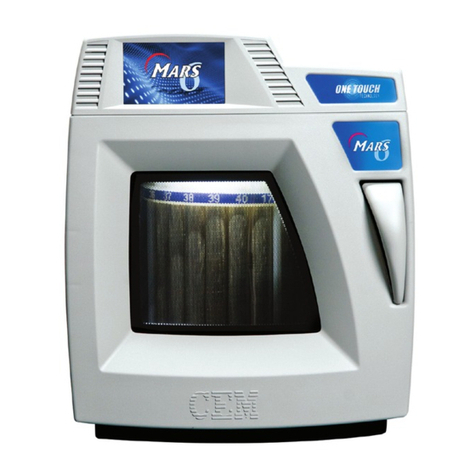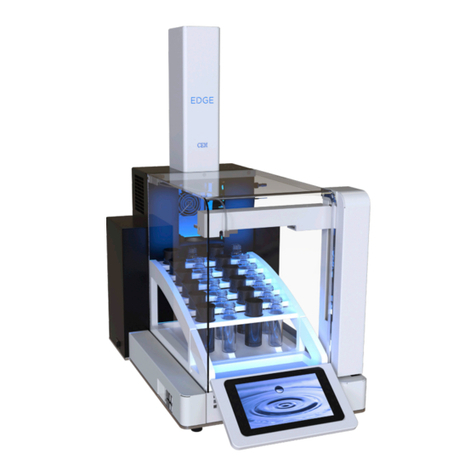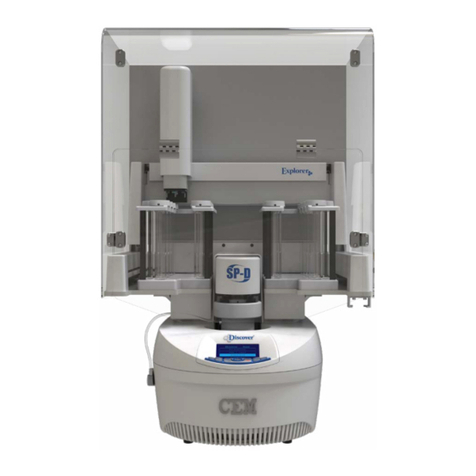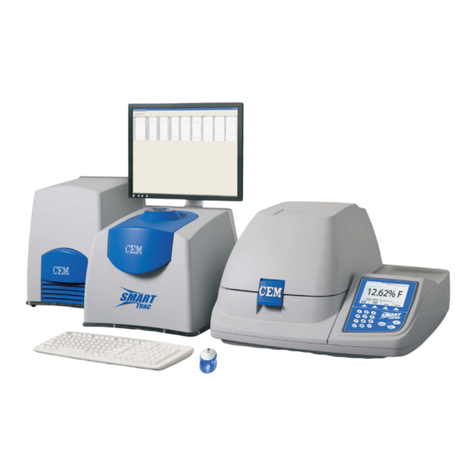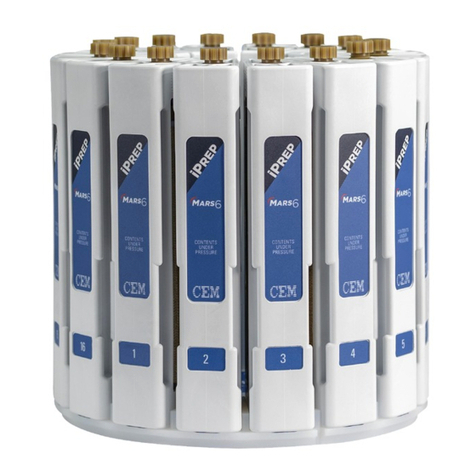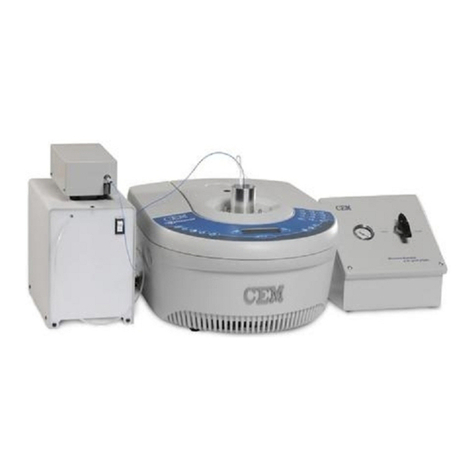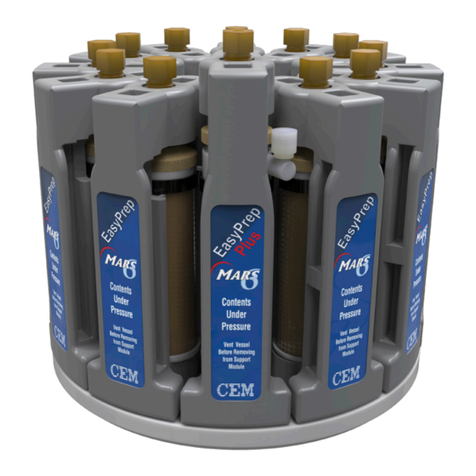
Synthesis Optimization Tips
• Extend the coupling time (up to 4 minutes) and/or repeat coupling cycles for difcult regions and deletions.
• For difcult peptides or sequences longer than 25 residues, use a low-loading, high-swelling resin.
• Double couple pairs of adjacent nonpolar amino acids that have branched side chains (Val, Ile, Leu).
• Double couple hydrophobic regions of the peptide (Ala, Pro, Val, Leu, Ile, Met, Phe, Trp).
Peptide Cleavage and Analysis
Cleaving Peptides
Various scavenger molecules are added to the TFA cocktail to prevent the cleaved protecting groups from reattaching to
the peptide. The particular scavengers used depend on the specic peptide sequence. Common scavengers include water
(scavenges t-butyl cations), triisopropyl silane (TIS, scavenges trityl and Pbf cations), ethane dithiol (EDT, scavenges t-butyl
cations, reduces oxidation of Cys/Met side chains), dioxa-1,8-octane-dithiol (DODT, scavenges t-butyl cations, suppresses
oxidation of Cys/Met side chains), phenol (protects Tyr and Trp side chains from oxidation), and thioanisole (aids in removal
of Pbf protecting groups from Arg(Pbf), suppresses oxidation of Cys/Met side chains).
Cleavage can be performed either at room or elevated temperatures. The table below lists CEM’s recommended
parameters for both elevated and room temperature cleavage.
For sequences with more than 3 arginine residues, extend cleaving time by 5 minutes per Arg after 3 if using heated
cleavage, or by 30 minutes if using room temperature cleavage. Avoid cleaving for over 2 hours total if heated, and over 4
hours if at room temperature.
CEM Preference Cleavage Cocktail Temp Time
1 TFA/TIS/H2O/DODT1(92.5/2.5/2.5/2.5) 40-42 °C 30 min2
2 TFA/TIS/H2O/DODT1(92.5/2.5/2.5/2.5) Room Temp 3 hours2
1DODT (dioxa-1,8-octane-dithiol) is a less malodorous alternative to EDT (ethane dithiol), and can be directly substituted for EDT without any
difference in cleavage quality.
2For sequences with multiple Arg(Pbf) residues, cleavage time may need to be extended to ensure complete removal of the Pbf.
NOTE
The Liberty Blue is not equipped to perform peptide cleavage. All cleavage must be carried out at either room
temperature or in the Razor™ parallel cleavage system.
Common Mass Differences
Side Chain Protecting Groups
Incomplete cleavage can result in mass additions, due to incomplete removal of side chain protecting groups.
Mass Difference Reason
+100 Boc
+56 tBu
+242 Trt
+252 Pbf






